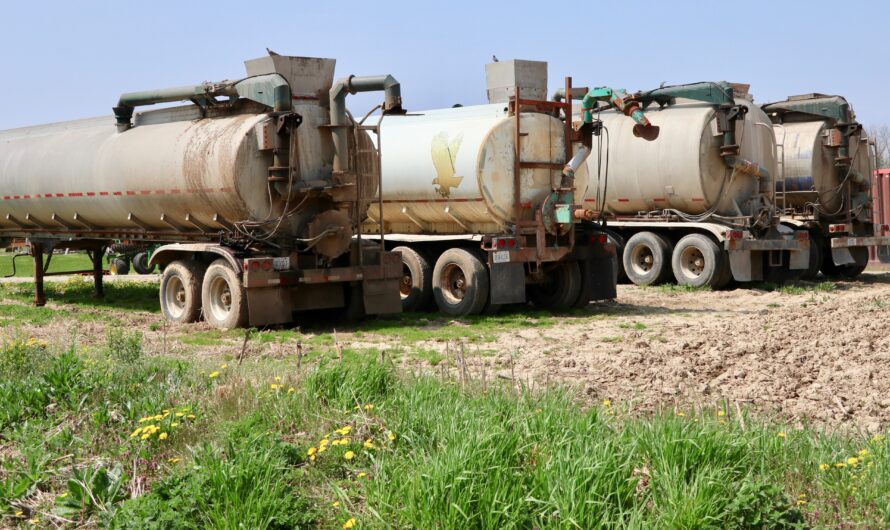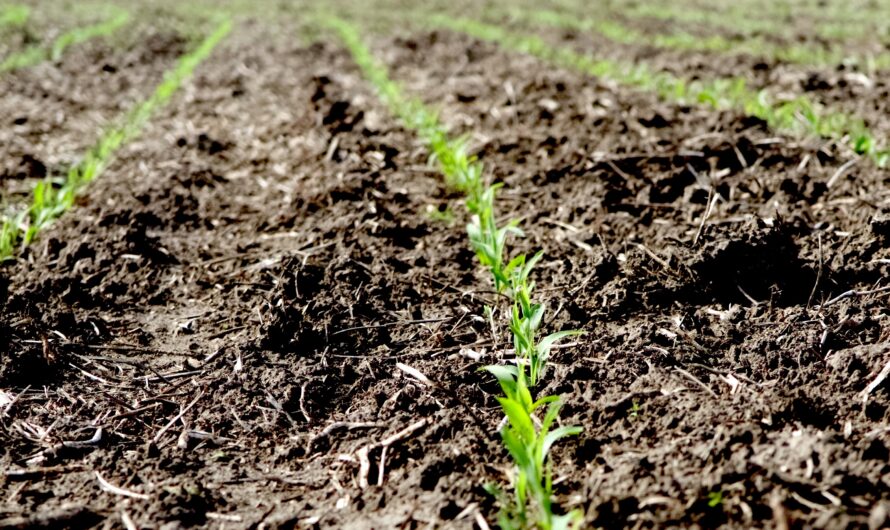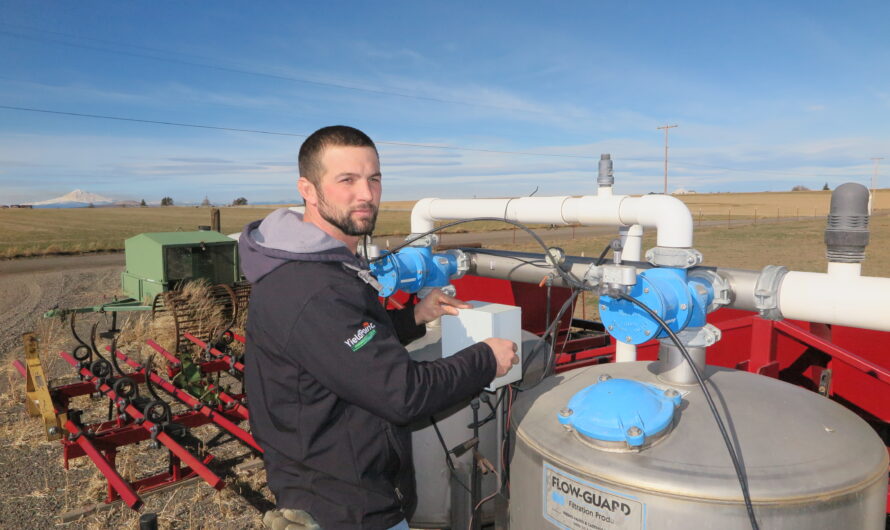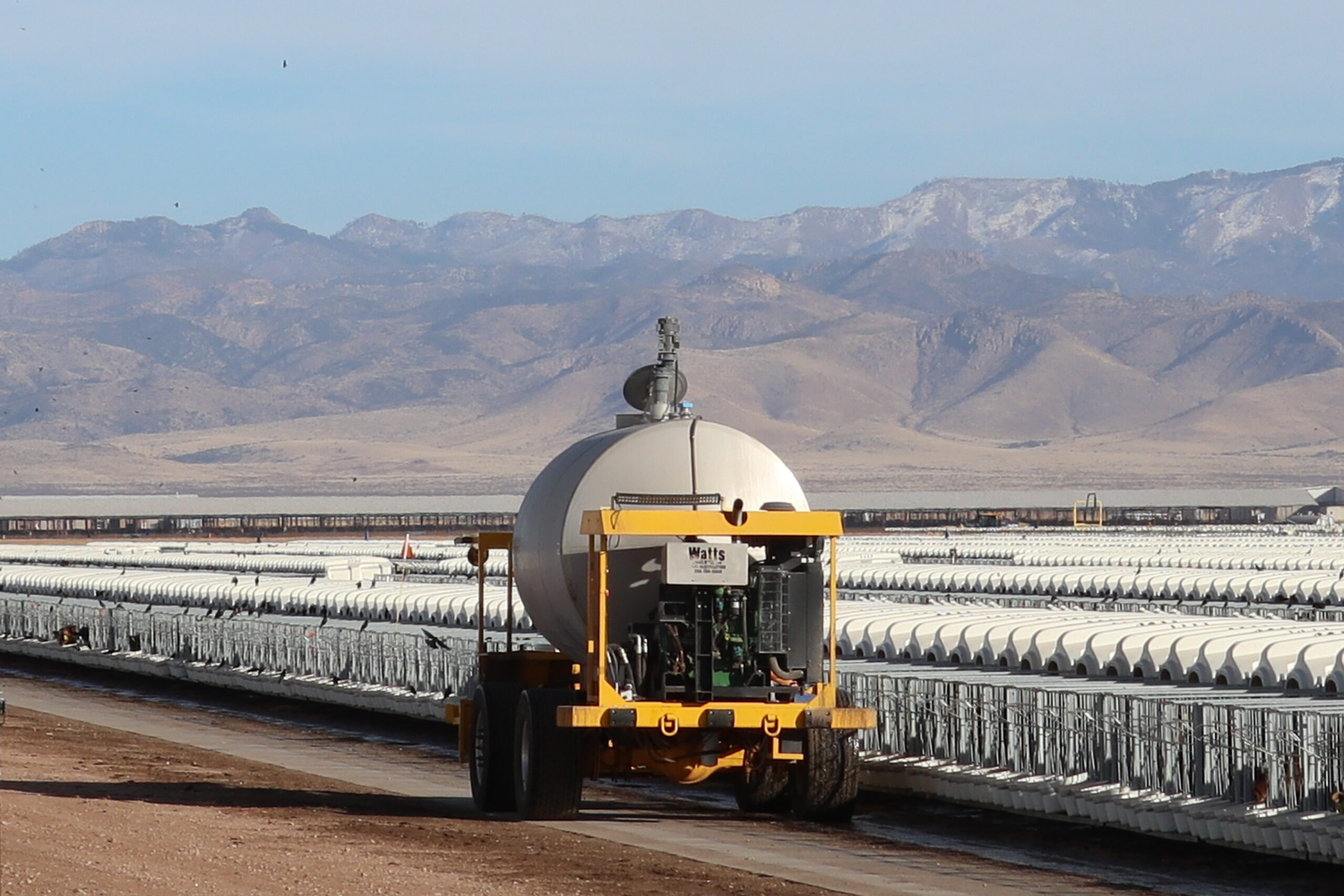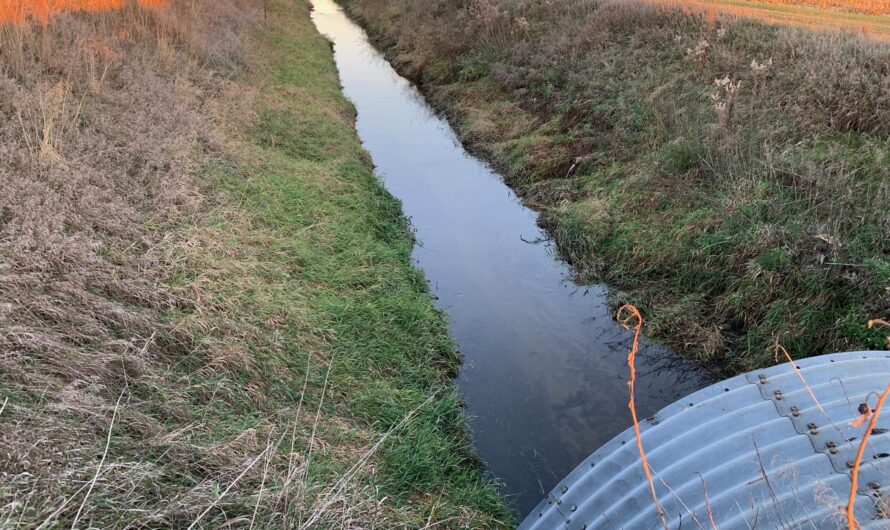Big Ag Pollutes America’s Waters and Makes Money Doing It
It’s been 33 years since an Iowa State University agronomist named Fred Blackmer thought he’d struck gold for Midwestern corn farmers. Using a fairly simple three-step method, Blackmer developed an analytical tool that could accurately tell farmers exactly how much fertilizer their fields needed to produce abundant harvests each season. The analytics Blackmer perfected showed not only how much fertilizer the corn crops would need to meet production targets, but also exposed how much could …
